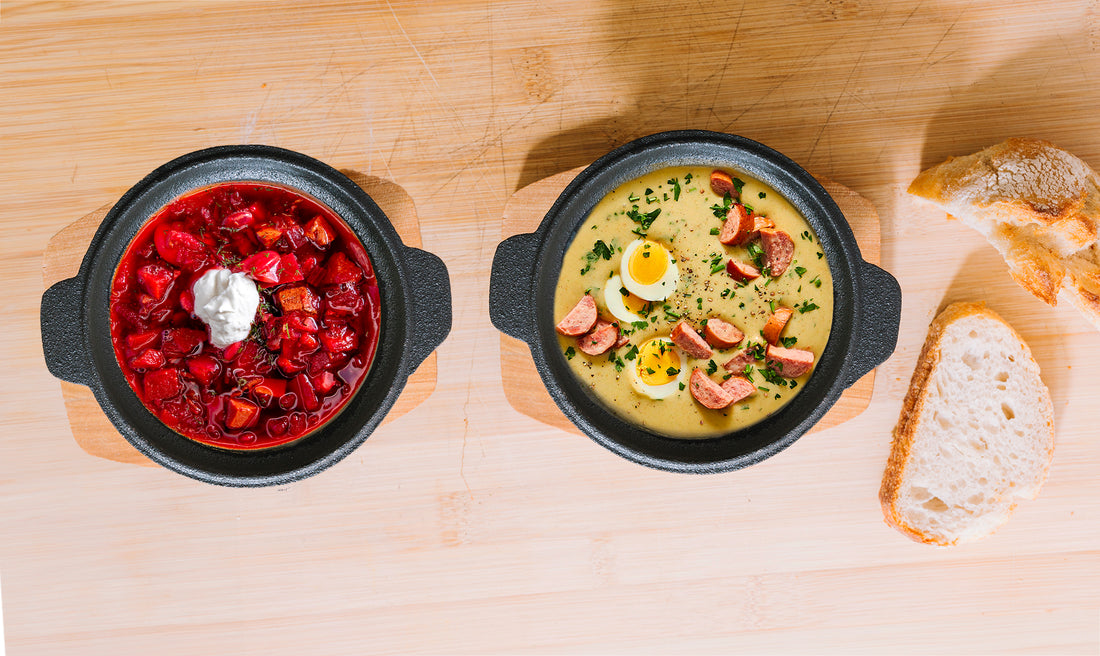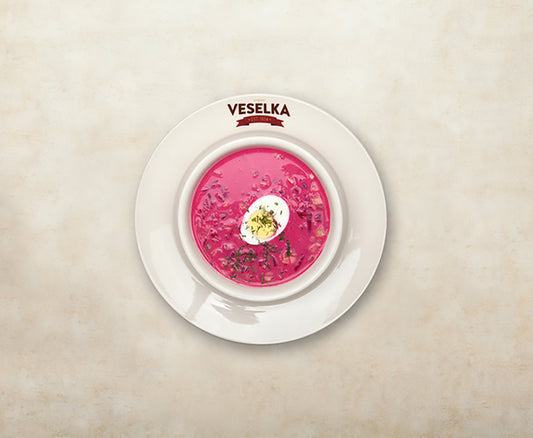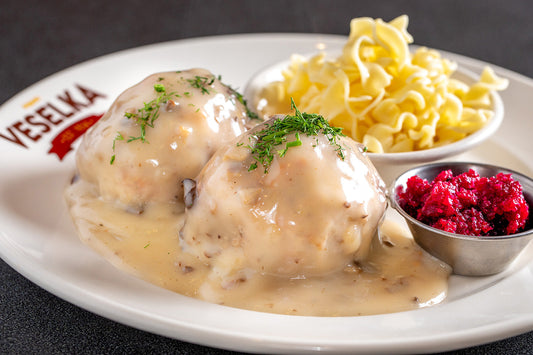Borscht, the traditional soup hailing from Eastern Europe, has been warming hearts and filling stomachs for centuries. This Ukraine's rich cultural heritage is reflected in the different versions, such as white borscht vs red borscht, which are popular in different regions.
In this article, we shall explore the differences between two popular types of borscht: white borscht and red borscht.
What is White Borscht?
White Borscht is a tasty Easter soup in Eastern Europe that is full of sausage, eggs, potatoes, and other ingredients that bring a lot of religious symbolism to each bite of this delicious soup.
This soup embodies the spirit of celebration and family gatherings and can be made using fermented rye flour or sour cream, as well as other ingredients such as potatoes, sausage, ham or pork, hard-boiled eggs, bacon, garlic, marjoram, salt, and pepper. The combination of these ingredients creates a rich and flavorful soup that is usually served hot and pairs well with bread or boiled potatoes.
What is Red Borscht?
Red Borscht is a classic soup that originated in Ukraine. It is made with beets, which give it a vibrant red color and a sweet and earthy flavor. The soup also contains other vegetables, such as carrots, potatoes, cabbage, and onions, and sometimes meat, such as pork sausage or beef.
Red borscht can be served hot or cold and is often enjoyed on special occasions with optional toppings like sour cream or vinegar. It is also a festive dish that is often enjoyed on Christmas Eve and other special occasions.
Experience the authentic taste of Ukraine with Veselka's mouth-watering Vegetarian Borscht and traditional Ukrainian meat borscht.
White Borscht vs Red Borscht: 6 Key Differences
Taking a close look at white and red borscht, we uncover some intriguing distinctions. Here are some of the main differences between white borscht and red borscht:
|
White Borscht |
Red Borscht |
|
|
Origin |
Polish culture |
Ukrainian creation |
|
Ingredients |
Fermented wheat sourdough starter, white sausage, smoked bacon, hard-boiled eggs, potatoes, and optional sour cream. |
Beef stock, pork butt, spices, red beets, potatoes, cabbage, lima beans, celery, carrot, distilled white Vinegar, and ground black pepper |
|
Serving temperature |
Usually served hot |
Can be served hot or cold |
|
Taste and texture |
Mild and creamy taste with a slight tang, and creamy texture. |
Warm, sweet, and sour all in one bowl. |
|
Cultural significance |
Synonymous with Easter celebrations, it is made with ingredients from the Easter basket that families bring to church for blessing |
A festive staple for Christmas Eve dinners and other special occasions. Frequently served year-round. |
|
Pairing with drinks |
Traditionally, white borscht goes well with beer or vodka. |
Red borscht can be paired with a variety of Ukrainian drinks, even wine or tea, depending on personal preference. |
Each soup, with its unique blend of ingredients and flavors, tells a story of tradition, festivity, and familial bonds. Whether you have a penchant for the mild and creamy white borscht or the sweet and earthy red borscht, these soups will satiate your culinary curiosity and leave you with a taste of Eastern European hospitality. Be sure to explore Veselka's cookbook for authentic recipes and indulge in these culinary delights within the white borscht vs red borscht world!





